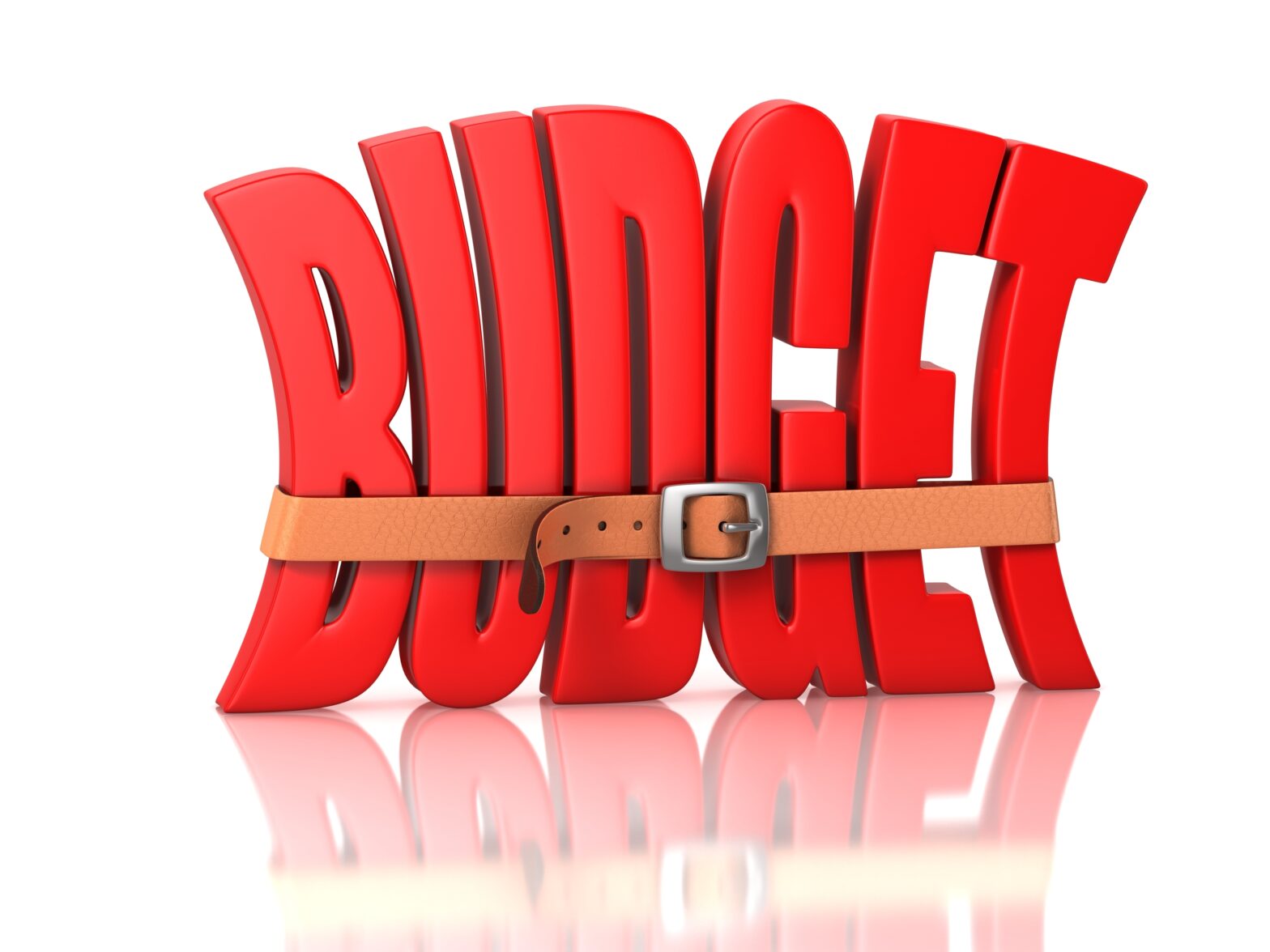Starting and running a small business can be very expensive and without good credit control practices, positive cash flow and low overheads you might find yourself operating at a loss for long periods.
There are a few common reasons why small businesses sometimes struggle financially, and once you understand them, you’ll be better prepared to prevent them.
Keeping your costs down
Certain business models lend themselves to lower overheads than others, but generally speaking there are ways to keep your fixed and variable costs to a minimum when starting out to avoid unnecessary expenses. These could include:
- Your workspace. An expensive and swanky office might look very professional and fancy, but could you do without it? If you are a very small company of 2-4 employees, you could consider shared work spaces in your city to lower costs further.
- Equipment. Be very strategic in what you actually need to get started and any “nice-to-have” items can wait until your cash flow is in good stead.
- Staffing costs. Do you need to take on full-time staff in your company? If you do, there are payroll and tax considerations that could add more costs. Explore freelancers and you could significantly reduce your staff bill, but still get quality people. I’ve even outsourced more menial tasks to the Philippines and India for a fraction of the cost in the UK.
- Marketing. You don’t need a huge marketing budget to build your brand. Getting social by blogging, tweeting and sharing on Facebook can help you reach a huge audience without much cost.
- Brainstorm new and interesting viral ideas to increase visibility.
Grow the business slowly
The economies of scale for a bigger business might make it tempting to grow quickly and enjoy the cost savings that spreading the fixed costs over more output affords you. The problem for many small businesses though is actually delivering on the increased output.
By growing too quickly, the situation may arise where new customer orders simply cannot be filled with the existing manpower. This would mean taking on more staff, which is more cost and a reduction in your cash flow. In short, you end up paying the money out before you get it back in.
This is assuming you don’t have to chase anybody for unpaid invoices, which as any small business knows, will happen more often than you’d like!
Adopt good credit control practices
Getting new customers who pay on time, and regularly, will be the lifeline of your business and help you to avoid negative cash flow.
Another huge consideration for many small businesses is potentially fraudulent customers or customers that are, shall we say, less willing to part with their cash. Getting your credit control practices honed early will help your business to avoid this. Here are some tips to get you started:
- Run credit checks. If you are offering net-30 terms, high ticket items or services on finance, or providing something before the customer has paid, you could adopt a credit check system. Experian and Equifax both offer affordable credit check services that will help to protect your business from fraud.
- Check Companies House. When providing products or services to companies, you can use the free Companies House Web Check service to find out if their accounts are up to date or if they have been declared insolvent.
- Offer low credit limits. For new customers, it is often wise to offer them a modest credit limit initially to reduce your risk. As they build trust and become a long-term customer you can begin to offer more favourable terms and credit limits.
Raise your prices
Deciding to raise your prices can be tricky and comes with a lot of considerations but it can be a solid way to get your small business comfortably in the green. Here are some tips if you decide to go this route:
- Raise prices strategically. Doubling the price of the only product you have might result in a quick reduction in sales, but if that brings your sales volume down to a manageable level it might be the right option. You could also introduce a new and improved version of a product or service at a higher price, but leaving the option of the old product at the same price. Think about what you want to achieve within your business and raise prices accordingly.
- Raise at the right time. Seasonal businesses like retail might put their prices up over Christmas when demand is higher and people are more likely to expect a premium price. If you have a customer which is requiring more and more resources, raising the prices might also be the right move. If they decline, you might reduce the workload on their account which frees up time to take one another customer.
- Add value. One way to ease the pain of a price increase with customers is to add value while you do it. If the perceived value increases more than the actual rise, your sales are less likely to suffer. You could also slightly lower the value while keeping the price the same. This would require fewer resources and be less costly whilst bringing in the same amount of revenue.
Many small businesses that struggle financially could avoid the situation by being better prepared to operate with lower overheads and positive cash flow. Hopefully this guide will give you the ideas to implement something like this in your own business.





